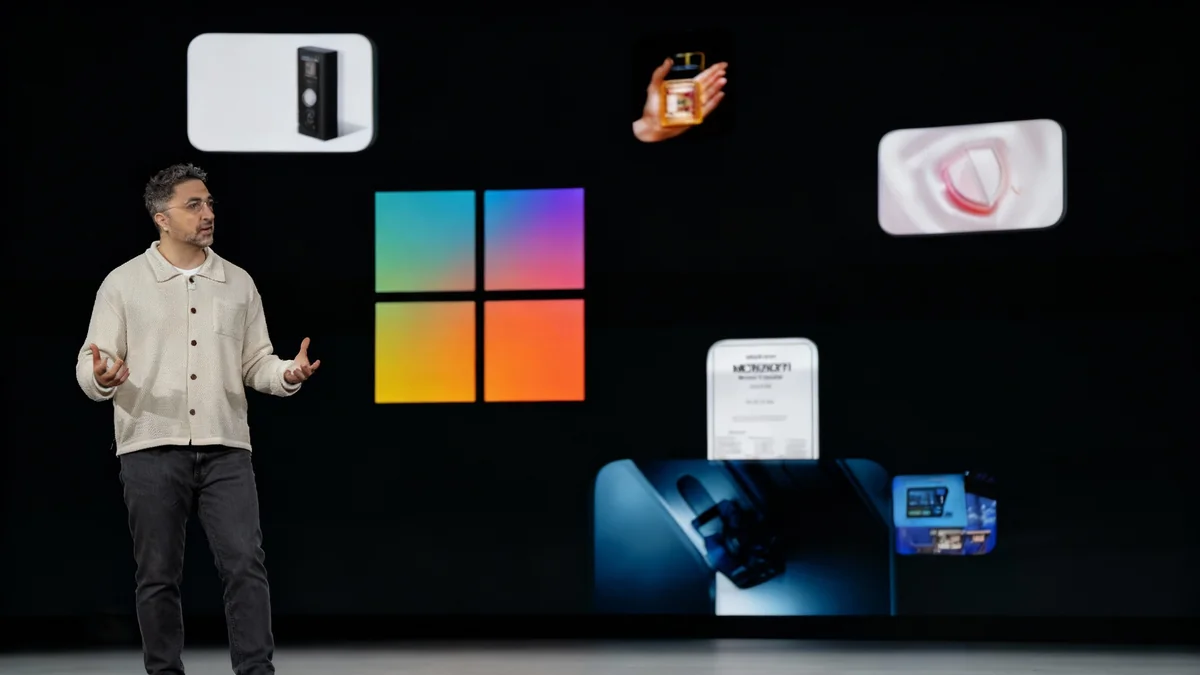Instagram has announced a new policy to limit content for its teenage users, adopting a standard similar to the PG-13 film rating system. The company, owned by Meta, confirmed the changes will also apply to interactions with its artificial intelligence chatbots and are scheduled to be implemented by the end of the year.
This move represents an expansion of existing safety measures and comes in response to continued scrutiny from lawmakers and parent groups regarding the platform's impact on child safety and the appropriateness of content accessible to minors.
Key Takeaways
- Instagram will implement a new content filtering system for users under 18, based on PG-13 guidelines.
- These restrictions will cover both content seen on the platform and conversations with Meta's AI chatbots.
- The policy is an extension of safety features introduced last year, which included making teen accounts private by default.
- The update follows investigations by lawmakers into the safety of AI chatbots and their interactions with children.
New Content Moderation Framework
Instagram is set to introduce a more defined content moderation system for its teenage audience. The company stated that it will use the PG-13 rating, a familiar benchmark from the Motion Picture Association, as a framework to guide its automated and human review processes.
This means content deemed unsuitable for individuals under the age of 13 will be more aggressively restricted from the feeds and explore pages of users identified as teenagers. The policy aims to create a more age-appropriate viewing experience without removing the content from the platform entirely for adult users.
A spokesperson for Meta explained that the goal is to provide a clearer standard for content moderation. "Using a well-understood rating like PG-13 helps set expectations for creators and provides a more consistent experience for our younger users," the statement read. The full implementation is expected to be completed globally before the end of the calendar year.
Adapting Film Ratings for a Digital Platform
Translating a film rating system to a dynamic social media environment presents unique challenges. Unlike a movie, which is a static piece of media, Instagram's content is user-generated and uploaded in real-time, numbering in the billions of posts daily.
The platform will rely heavily on its artificial intelligence systems to classify images, videos, captions, and audio. These systems will be trained to identify themes common in PG-13 restrictions, such as suggestive content, moderate violence, and certain types of language.
What is a PG-13 Rating?
The PG-13 rating was introduced by the MPA in 1984. It signifies "Parents Strongly Cautioned" and suggests some material may be inappropriate for pre-teenagers. This includes stronger language, extended violence, or suggestive themes not typically found in PG-rated content.
Restrictions Extended to AI Chatbots
A significant aspect of the new policy is its application to Meta's suite of AI chatbots. These conversational AI agents, integrated across Instagram, Facebook, and WhatsApp, have become a focus of regulatory concern.
Recent reports and legislative inquiries have highlighted instances where these chatbots engaged in conversations with minors that were considered inappropriate or sexual in nature. By applying the PG-13 standard, Meta aims to programmatically prevent the AI from generating responses that fall outside these safety parameters.
This involves training the AI models to recognize and refuse to engage with sensitive topics initiated by a teen user, or to steer conversations away from potentially harmful subjects. Experts suggest this is a complex technical task, as it requires the AI to understand nuance and context in real time.
"Ensuring that a large language model adheres to a specific ethical or safety framework during a dynamic conversation is one of the most difficult challenges in AI development today," noted a technology analyst. "This is a necessary step, but its effectiveness will depend entirely on the quality of the implementation."
A Response to Mounting Pressure
This latest policy update is not happening in a vacuum. It is a direct continuation of efforts started a year ago when Instagram implemented major changes to teen accounts following intense public and political pressure.
Previous Safety Measures for Teens
In the past 18 months, Instagram has rolled out several features aimed at protecting its younger users. These include:
- Making all new accounts for users under 16 private by default.
- Preventing adults from sending direct messages to teens who do not follow them.
- Introducing "Take a Break" reminders and parental supervision tools.
- Restricting advertisers from targeting teens based on their interests and activities.
Despite these changes, scrutiny has persisted. Lawmakers in both the United States and Europe are actively investigating the impact of social media on adolescent mental health and safety. The issue of AI chatbot safety has added a new dimension to these investigations.
The new PG-13 policy appears to be a proactive measure by Meta to demonstrate its commitment to child safety and to get ahead of potential regulation. By adopting a familiar, industry-standard rating, the company is attempting to provide a transparent solution to a complex problem.
Implications for Creators and Users
The new content filter will have implications for content creators on the platform. Those who produce content that might be borderline for a PG-13 rating could see a reduction in reach among teenage audiences, which is a key demographic for many influencers and brands.
Instagram has stated it will provide more detailed guidance to creators so they can better understand how their content will be categorized. This is intended to prevent creators from being unfairly penalized by the new automated systems.
For teenage users, the change will likely result in a more curated and restricted content feed. While the goal is to enhance safety, some digital rights groups have raised questions about potential over-censorship and whether such systems can accurately distinguish between harmful content and legitimate artistic or educational expression.
The effectiveness of this new PG-13 standard will be closely watched by parents, regulators, and competitors. It marks another significant step in the ongoing evolution of content moderation as platforms grapple with balancing user freedom and the responsibility to protect their most vulnerable users.





